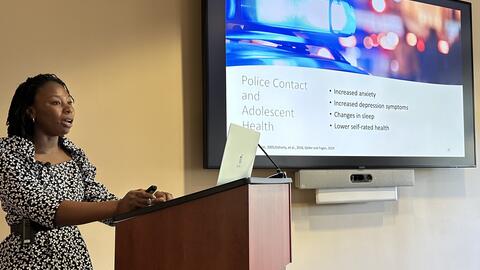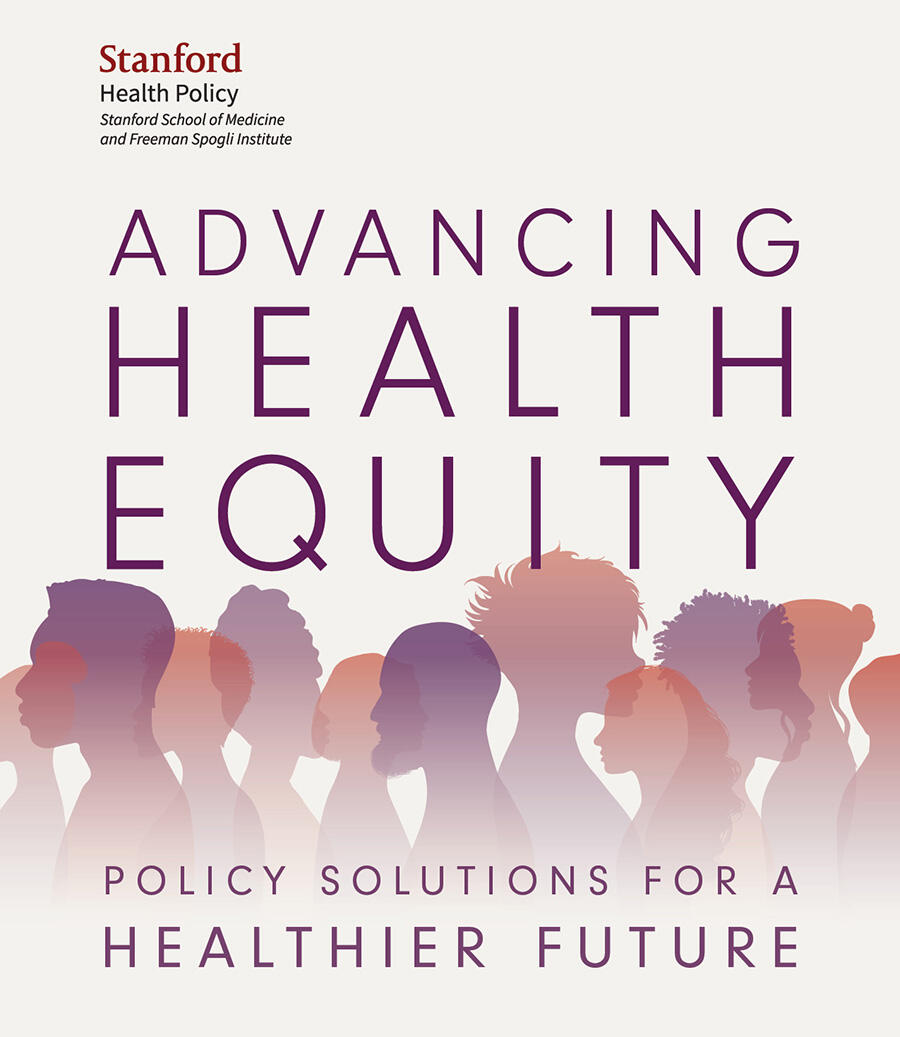The Fourth Encounter
“In addition to fatal encounters, researchers often discuss police brutality associated with physical, emotional, or sexual abuse perpetrated by officers,” Karbeah said. “But there is a fourth type of police encounter that is much more common and sometimes overlooked: routine contacts such as stops, frisking and searches that don’t result in detainment.”
In a study published in JAMA Open Network in December 2021, Karbeah and coauthors found that greater police presence in Black vs. white neighborhoods appears to contribute to the persistent Black-white preterm birth disparity in Minneapolis. Their research found that of 1,059 Minneapolis residents who gave birth in 2016, the odds of preterm births for those living in a neighborhood with a high police presence were 10% greater compared to their racial counterparts in low-presence neighborhoods.
The paper notes that pregnant Black women nationwide experience preterm birth at rate approximately double that of whites and Black women are also twice as likely to experience the death of an infant younger than 1 year. SHP’s Maya Rossin-Slater also bore this out in a recent study that showed that wealthy Black mothers and infants fare worse than the poorest white mothers and infants in the United States.
“Black pregnant people who live in areas with high levels of racial segregation are more likely to give birth prematurely,” Karbeah writes in the study. “Residential segregation relegates Black people to neighborhoods disproportionately affected by poverty, violence, and crime. In lieu of policy solutions to address these issues, greater police presence has been the answer in many communities.”
Karbeah points to research showing that high police presence in neighborhoods is associated with adverse psychological outcomes for Black residents. Karbeah and colleagues suggest that pregnant people may experience these same psychological effects in ways that lead to increased stress — which in turn can lead to an increase in preterm births.
Adolescent Health and Policing
Karbeah told the SHP lecture audience that adolescent health is another key area of her research as young people carry police encounters with them into adulthood. Their brains are still developing, and decisions made during this period can shape the rest of their lives. They are coming into their own, deciding where they fit in and who they can trust.
“An important aspect of policing that often gets lost when we start to think about police contact as a determinant of health is why people might come into to contact with the police,” Karbeah said. “Instinctively you might think, well, you usually do something bad and that is why you encounter law enforcement.”
But a cultural shift in policing, she notes, has gone from police focused on responding to crimes to a proactive model in which policing is attempting to prevent crime, leading to more officers in communities, turning more civilians into potential suspects and leading to more encounters.
“Research shows that stops are associated with stigma and shame,” Karbeah said, pointing to a study published in the Journal of Adolescent Health which shows that adolescents frequently stopped by police were more likely to report heightened emotional stress and PTSD symptoms.
“These stops are seen as unsettling or traumatic for young people and can alter a youth’s self-perception and their overall well-being,” she said. “The impact of these interactions accrues over time and becomes internalized.”
A young person may be stopped by police on the way home from school, for example, and might be left with feelings of shame, prompting them to turn away from family and friends. This can have life-course implications, she said, such as substance abuse, anxiety and depression, job loss and socioeconomic shifts.
“We were honored to host Dr. Karbeah at Stanford Health Policy for the Health Equity Lecture Series,” said Sherri Rose, a professor of health policy who leads the lecture series. “Her research on police encounters and health equity tackles challenging questions that have far-reaching implications across health policy.”



























